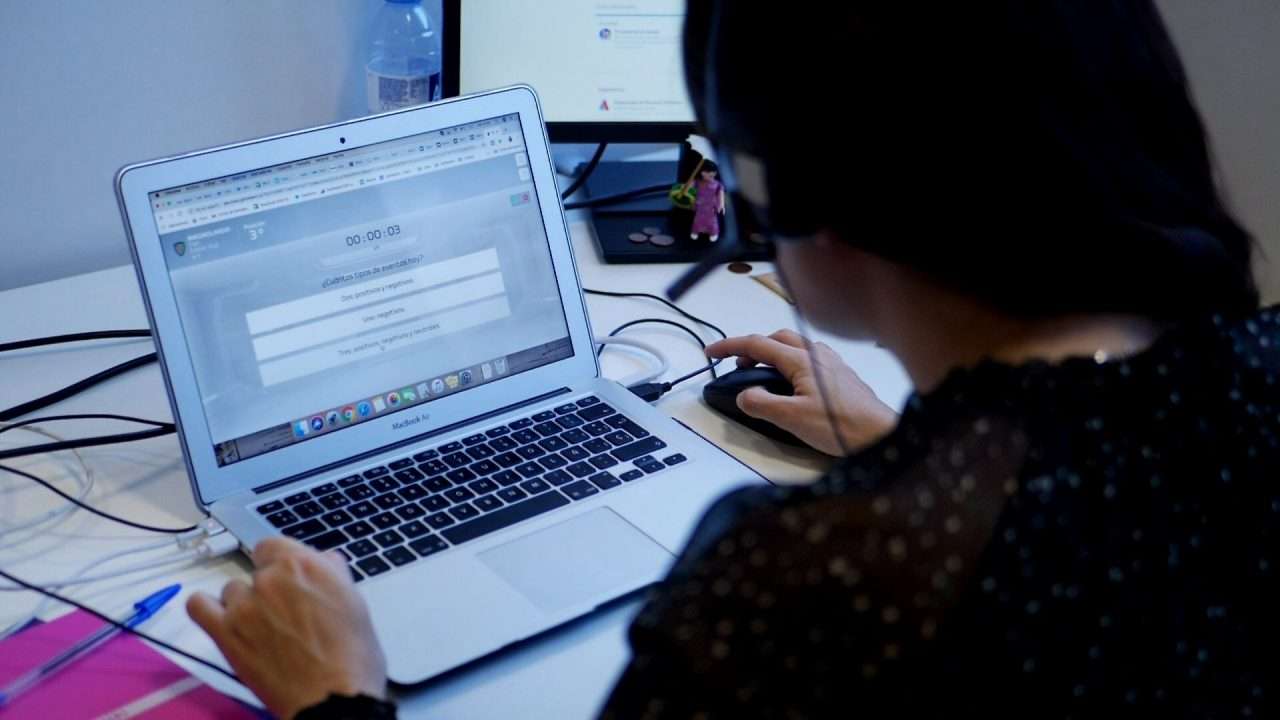Over the past decade, gamification has gained popularity as a business solution capable of motivating employees and improving outcomes. In 2020, it’s woven its way into the fabric of many disruptive companies, and studies confirm that 95% of employees enjoy using gamified tools at work.
For those looking to integrate gamification into their corporate training processes, it’s not as complicated as you may think. However, there are some key steps to follow:
1. Select the option that best suits your company’s needs
Although gamification is an increasingly common component in businesses, not all tools offer the same things. The mechanics, dynamics, and aesthetics of games are all important aspects, but the primary goal of the course or learning app is to generate motivation and provide engaging training in specific skills.
For example, Coca-Cola Femsa opted for Pacific, the gamified course on team management and leadership. By doing so, they’ve succeeded in motivating their more than 800 employees with practical knowledge and challenges that test learned material in a fun way.
2. Set the strategy in motion
After selecting which gamified tool is best, it’s time to plan what the gamification process will look like for your company. To help with this, try answering some of these basic questions:
- When should the tool be up and running?
- What do you want to accomplish with this strategy?
- Which teams will participate?
- Who will oversee the project?
- Which Learning Pathway will we follow?
- What will the communication plan look like?
- Will the training be voluntary or mandatory?
- How long will the process last?
3. Integrate your gamified tool
New technology makes the digitization process easier; most gamified tools integrate intuitively with your existing training content via the internet and portable devices.
A simple integration process would mean:
- Subscribing to the platform, course, or tool.
- Customizing the business’ accounts.
- Conducting internal testing.
- Establishing the right channels for employees to give feedback
In some more complicated circumstances, it may help to have the IT department step in to configure company devices in order to better implement the tool. However, this scenario is becoming increasingly uncommon, with more and more cloud-based gamification tools reaching the market.
4. Offer pre-training
Once a gamified tool is ready, employees need to be taught how to use it. Call a brief training session to explain how the tool works, why it’s being implemented, and what the process will look like from start to finish.
To see that everyone gets the most out of it, make sure they understand and feel comfortable with the new gamified training system.
5. Keep track of the results
Depending on which tool you select, you’ll either be able to access automated reports or you’ll have to measure the results yourselves. For the clearest picture of the data, it’s sometimes best to combine these two– synthesizing the computer derived data with the data that project managers collect themselves.
Companies like Ford, Sanitas, and Michelin utilize the Gamelearn gamification platform to access automated reports with detailed information on each course and student. This allows their project managers to easily track and recognize the impact of training.
In the case of Sanitas, the results were overwhelmingly positive:
- 99% applicability rate.
- 92% completion rate.
- 9% improvement in engagement levels.
In short, investing in gamified corporate training is an investment in the company’s resources– its talent. Implementing this technique has been proven to increase product knowledge, employee engagement, and overall productivity. In what ways could your company benefit from it? Find out today!





